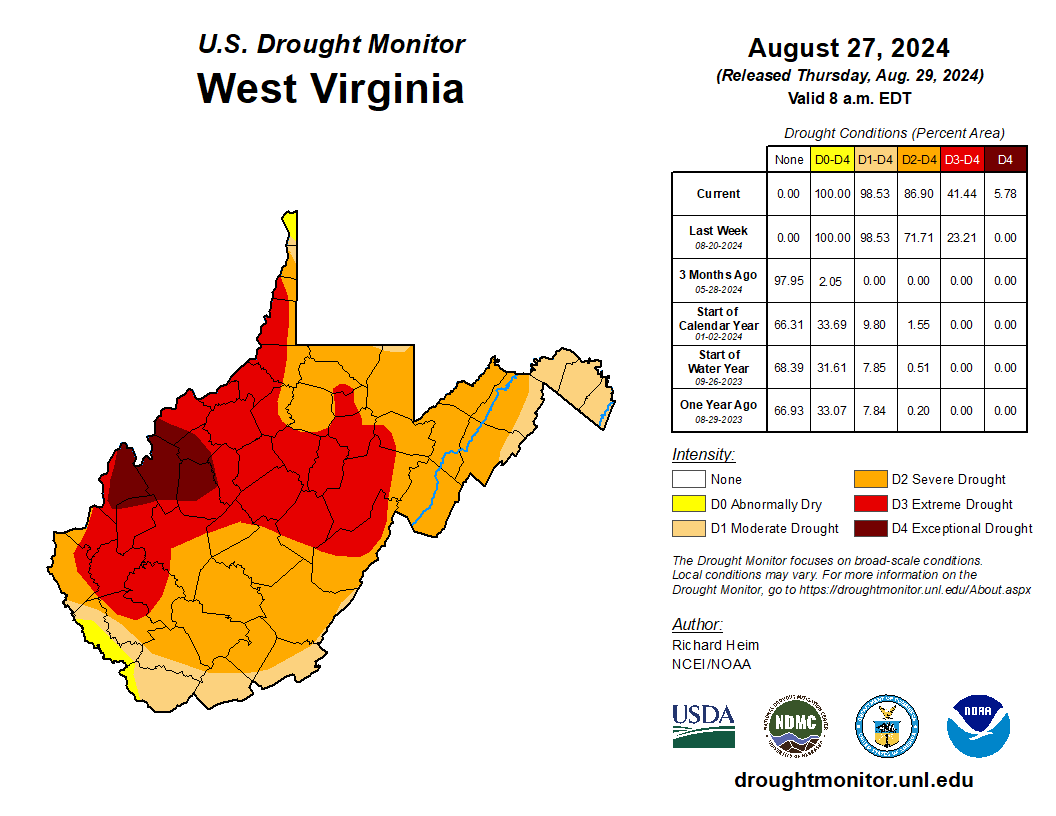
Bob’s Blog

Unprecedented Drought Grips Mid-Ohio Valley: A Closer Look at 2024's Water Crisis
As we navigate through the summer of 2024, the Mid-Ohio Valley finds itself in the throes of what has been described as an exceptional drought, marking a historic event for the region's environment.

Certifying Your Own Sanctuary
You can create your own certified wildlife habitat! Whether you have a large tract of land or just a small lot, there are many state and national certification programs to recognize your efforts as a gardener and budding conservationist.

July is Smart Irrigation Month!
A water-wise landscape is one that is functional, attractive, and easily maintained in its natural surroundings. A water-wise landscape also helps to conserve water, improves water quality by slowing rain as it falls to the Earth, and helping it soak into the soil.

The Not So Wild and Wonderful History of West Virginia’s Forests
I have always been interested in studying history, and in West Virginia we have a rich history that holds many secrets and stories.

What are Invasive Species?
On Monday Bea Corra from Parkersburg shared a picture of a plant on our Facebook page wanting to know what type of plant it was and whether it was invasive or harmful. I instantly had a flashback to August 2005 when I was studying Plant Taxonomy at Marshall University. The plant (right) is Japanese Knotweed, an invasive species. I also remember Dr. Evans’s advice for getting rid of it … “sell your house”. This week, we’re going to take a look at what makes a plant invasive and some of the most common in our region.
